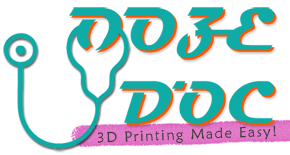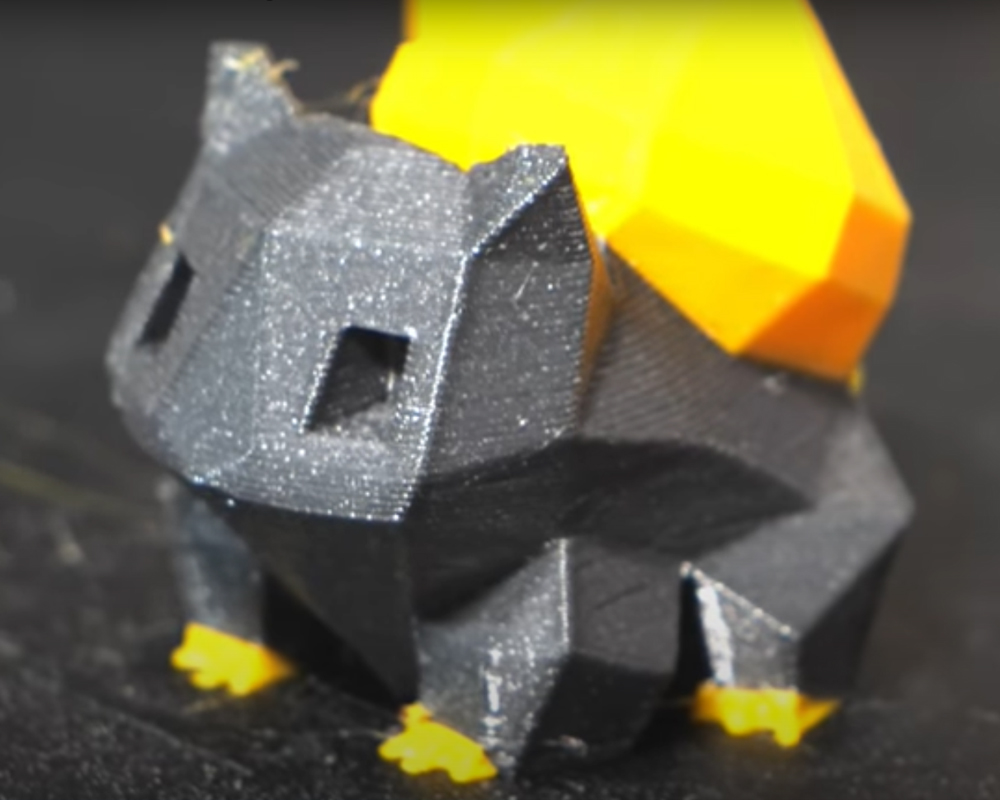3D printing filament is a great way to make your own objects. You can find many different types of 3D printer filament, but some are better than others for bridging. This guide will walk you through the different types of 3D printer filaments and help you decide which one is right for your project.
PLA
PLA is a biodegradable plastic that’s good for bridging. The typical bridging strength of PLA is about the same as ABS, but its heat resistance is lower and it has a higher melt flow rate (4-5 g/10 min) compared to ABS (0-1 g/10 min). This means that it will be easier to print with a small layer height (20-25 micron), but you should use larger layer heights (35-50 microns) if you want smooth surfaces. It’s also best used with large prints or prints with large overhangs (>30°).
ABS
Another common type of filament is ABS, which stands for “acrylonitrile butadiene styrene.” This material is the most widely used and best-known type of 3D printer filament. It has a high tensile strength, excellent heat resistance and rigidity. However, it is also more brittle than PLA, so you should take extra care when handling ABS prints as they can break easily if too much force is applied to them.
Another thing to note about ABS printing is that it requires more steps in order to print properly which makes it slightly more difficult than using PLA and other materials. Furthermore, because the final product has less flexibility than other types of filaments such as PETG or PVA (which we will discuss below), this also adds time to your printing process as well as increases cost per print due to wasted material when something goes wrong during printing time on your machine (which happens often).
PETG
PETG has a good bridge strength, and it’s the best choice for bridging. This filament is ideal for large prints and bridging in particular. PETG is very strong when used with ABS or PLA, making it great for creating parts that need to hold up under stress. It also has a low shrinkage rate which means you can get big bridges without worrying about them being too small after cooling down.
ASA
As a strong and flexible filament, ASA is well-suited for bridging. It can be easily shaped into bridges that will hold up to 110 pounds (50 kg). This makes it a great choice for printing large models with overhangs and undercuts.
PLA has the best bridge strength by far.
PLA is a biodegradable plastic that has the best bridge strength of any filament, by far. It has many other advantages:
- PLA has a low glass transition temperature, which means it doesn’t warp as easily when the filament gets hot or cool. This makes printing with PLA much easier than ABS or PETG filaments, which will warp if they get too hot or cold during printing.
- PLA has a lower melting point than ABS and PETG (usually around 150°C), making it harder to burn your fingers on the extruder when you’re done printing an object and have taken off its print bed cover plate for cleaning/maintenance purposes – not that we recommend doing this without proper safety equipment like gloves!
Conclusion
We have five wonderful 3D printer filaments, each with their own unique features. PLA is the best all-around option for bridging, while ABS has high impact resistance and PETG is more heat resistant than other plastics. ASA is probably the most flexible one of them all but it also melts at a lower temperature than the others so keep that in mind when choosing which material will work best for your project!




